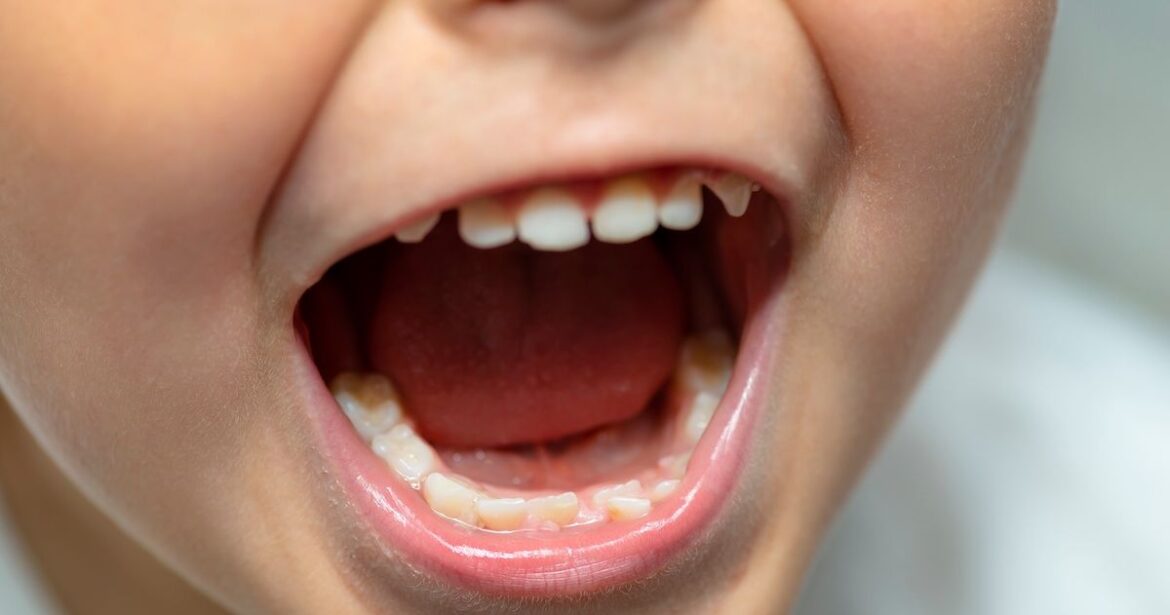If you know your child’s tooth cycle, it will help you feel good about their dental health and help you make the right choices for what is best for your child’s dental well-being. This post covers everything you need to know about a kid’s teeth cycle. According to Dentist in Grand Rapids, MI, eruption and loss of the baby’s teeth is not just a biological process but also a joyous event worth celebrating.
How Are Teeth Erupted?
At around six months old, your child will begin his or her teething journey. Your child’s baby teeth have been popping out of the tooth bud in his or her jaw for the last couple of months. They have begun the arduous trip via the gums and into the world. Normally, the incisors, or “bunny teeth,” which are found right in front of the mouth, erupt first. As your infant starts to play with these while breastfeeding, moms get their first glimpse at them. Up until the age of three, this pattern will persist, as other teeth will burst out, and all twenty baby teeth will have emerged.
How and Why Do Toddlers Lose Teeth?
After the eruption of 20 teeth, the tooth buds start a fresh set of teeth underneath the current tooth. The nerve that usually supplies the tooth eventually deteriorates, and the teeth are pushed aside by the new ones growing in, resulting in the baby teeth falling out. The first indication that a child has a problem with their new erupting tooth is a scream due to the agony and not fully coherent. Pediatric dentists believe that extracting teeth prematurely increases the risk of infection. Instead of allowing them to rush out, they recommend pulling them out gently, and the tiny teeth will soon start to crumble away.
Origin of the teeth
The tooth buds are a point of origin for teeth in addition to being in charge of developing their adult teeth. The process of development of teeth is a very complex process resulting from interactions between the ectoderm of the oral cavity, which gives rise to cells that produce enamel, and the neural crest ectomesenchyme which gives rise to the tooth structures other than enamel.
Babies start to lose their baby teeth between the ages of six and seven. By the age of twelve, the final baby teeth usually fall out. Regular dental exams for youngsters are crucial during this phase.





